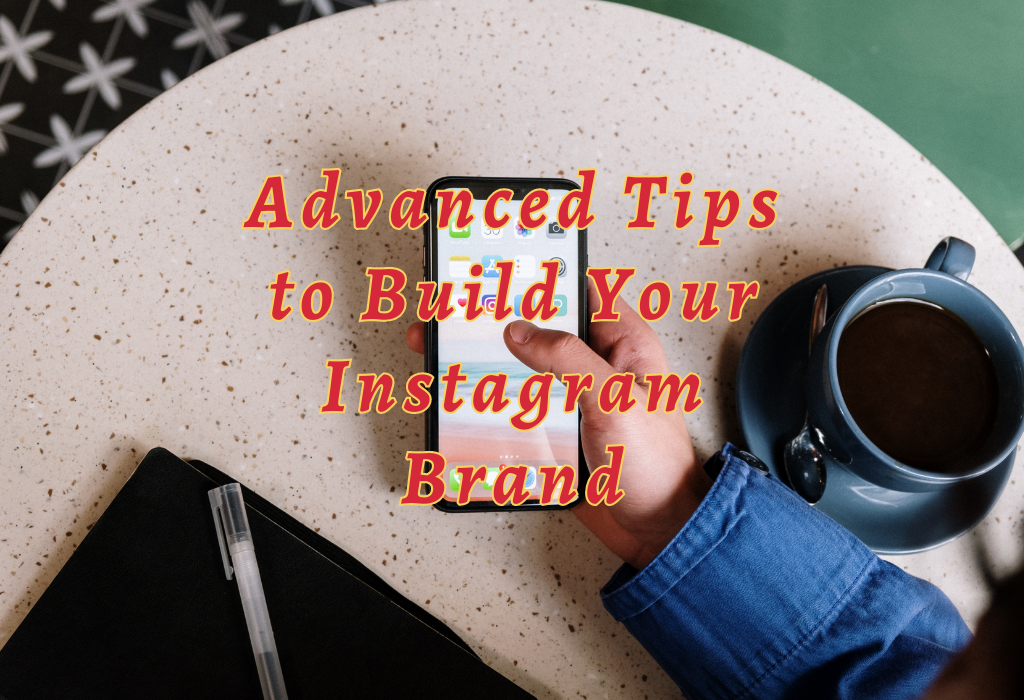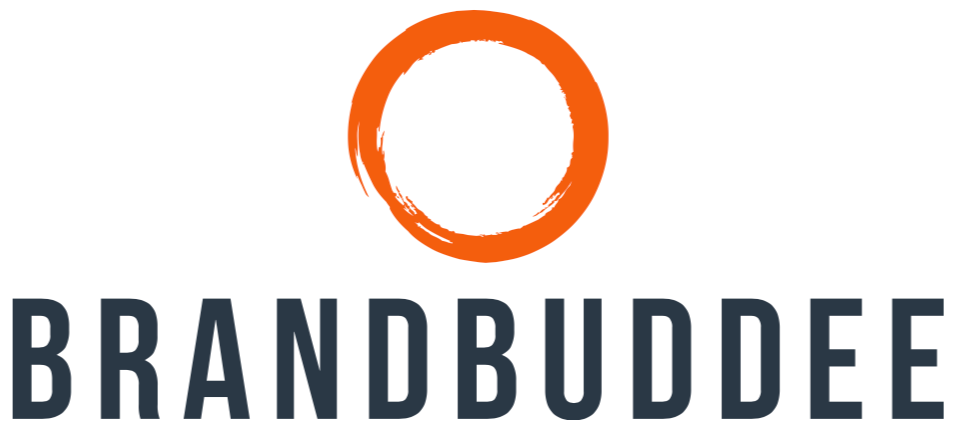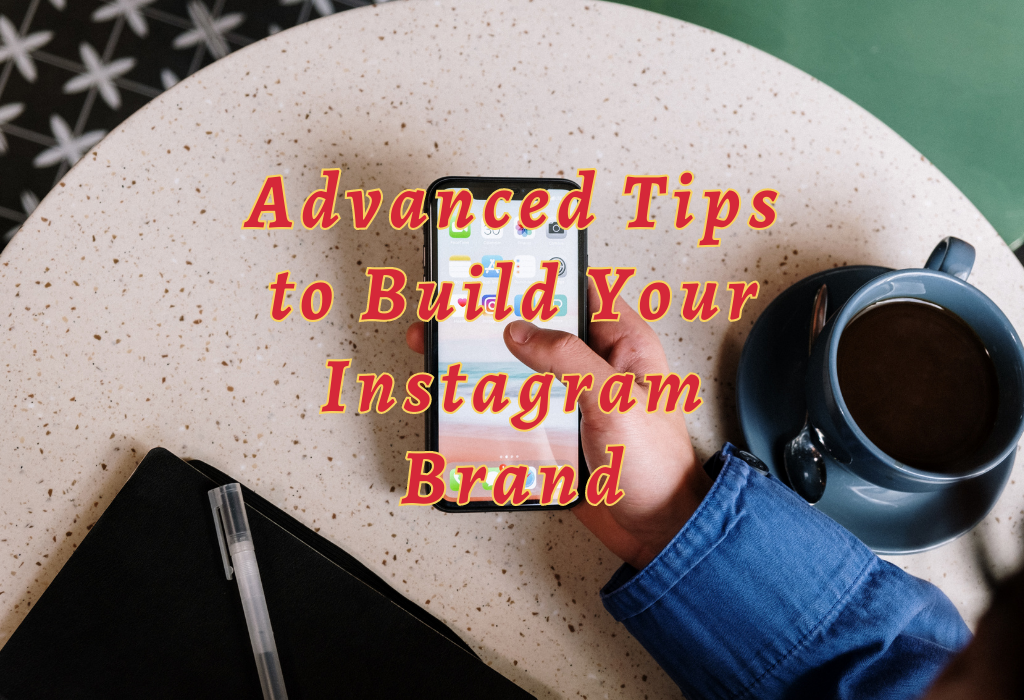11 Advanced Tips to Build Your Instagram Brand
Instagram is a powerful tool for businesses to reach their target audience and create brand awareness. With the right strategies, Instagram branding can be an effective way of growing your business. But what exactly does it take to build a successful Instagram brand?
In this blog post, we’ll explore Instagram branding: tips to build your Instagram brand – from setting up an account and optimizing profiles, choosing themes that complement goals, engaging with fans and influencers, as well as using popular content styles, including captions & hashtags plus when you should post for maximum impact.
Read on for 11 advanced tips that will help you maximize your success in building a strong Instagram presence.

Many people prefer Instagram for business purposes. Instagram branding campaigns target a competitive audience. Some of the Instagram business statistics include:
Things will be easier if you know about Instagram branding. We are here to help you with Instagram branding with 11 advanced tips. However, first, you need to set up an Instagram account.
How to Set up an Instagram Business Account
Setting up an Instagram business account is a great way to get your brand noticed and reach new customers. With over one billion users, it’s no wonder businesses are turning to the platform for their branding needs. Here’s how you can set up an Instagram business account in just a few simple steps:
Step 1: Log Into Your Existing Account or Create a New One.
If you already have an existing personal Instagram account, log in with those credentials. If not, create a new one by entering your email address and creating a password. Once logged in, click on the “Settings” icon at the top right of your screen and select “Switch to Business Profile” from the drop-down menu.
Step 2: Connect Your Facebook Page (Optional).
You will be prompted to connect your Facebook page if you still need to; this step is optional but recommended as it allows you to access additional features such as Ads Manager and Insights that aren’t available with regular accounts. Click “Connect” when prompted and follow any further instructions from Facebook.
Step 3: Enter Your Contact Information & Business Details.
Once connected, enter all relevant contact information, such as phone number, website URL, or physical address. You can also add other social media links here if desired – this helps build a cross-platform presence for better visibility online.
Step 4: Customize Your Profile & Add Content to Get Started.
Finally, customize your profile with visuals that reflect who you are as a brand – think logos, images, and videos that accurately represent what makes you unique. Then start adding content like posts or stories related to topics of interest within your industry – this will help attract potential followers who share similar interests.
And there you have it – setting up an Instagram business account can be easy and quick. Remember these four easy steps outlined above for success on the platform – good luck out there.
Optimize Your Profile
Having an optimized profile on Instagram is essential for successful branding. It’s the first thing potential customers and followers will see when they visit your page, so it’s important to make a good impression. Here are some tips to help you create an effective profile:
Your username should be unique and memorable so people can easily find you on Instagram. Avoid using numbers or special characters in your username if possible – this makes it harder for people to remember and search for you.
Your profile photo should be professional and represent your brand well – think of it as the face of your business. The bio section is also important; use keywords relevant to your work, as this helps with search engine optimization (SEO). Keep it concise but informative – let visitors know who you are, what services/products you offer, and why they should follow you.
Using relevant keywords in your username and bio will help people find your account more easily when searching for related topics or products on Instagram. For example, if you sell jewelry online, include words like “jewelry” or “accessories” in both sections of your profile description so that users searching those terms can discover your page quickly.
Choose a Theme
Choosing a theme for your Instagram business account is important in creating a successful online presence. Your theme should be consistent with your brand identity and reflect your company’s values.
When selecting colors, consider which ones best represent your brand. For example, if you’re targeting millennials, bright colors like pink or yellow might work well. If you aim to create a more professional look, muted tones are better for you. It’s also important to remember that certain colors evoke different emotions – warm hues can make people feel relaxed, while cool tones can give off a sense of sophistication and elegance.
Fonts are another key element when designing an effective theme for your Instagram page. You want fonts that are easy to read and don’t take away from the page’s overall design. Sans serif fonts are popular among businesses since they have clean lines and are legible on any device screen size. However, if you want something more unique, try experimenting with script or display typefaces that will help set your profile apart from others in the same industry.
Finally, ensuring that all images used on your Instagram account adhere to the same aesthetic is essential. That includes photos posted by followers too. Consider using filters or editing tools such as Adobe Photoshop or Canva Pro, which allow users to customize their images according to their desired color palette and font style choices without compromising quality standards.
Set Realistic KPIs
Setting realistic KPIs is essential for measuring success on Instagram. Knowing what you want to achieve and how you plan to measure it can help ensure that your efforts are successful. Here are some key performance indicators (KPIs) to consider when setting up an Instagram business account:
This metric measures the number of likes, comments, shares, and other interactions with a post divided by the total number of followers. It’s important to track this KPI over time so you can identify trends in engagement levels and adjust your content strategy accordingly.
Reach refers to the total number of people who have seen a post or profile page. Tracking reach will give you an idea of how far your message is spreading across Instagram.
Keeping tabs on follower growth over time will help you understand which strategies work best for gaining new followers—and keeping them engaged once they’ve joined your community.
CTR measures the percentage of people who click through from a link in an Instagram post or story compared with those who view it but don’t take action. A high CTR indicates that users find value in what they see enough to click through for more information or purchase directly from their feed or story view screen.
Impressions refer to the total number of times someone has seen one of your posts, stories, or ads, regardless of whether they interacted with it. That includes views from organic content and paid campaigns like sponsored posts and ads on Stories and Explore pages. By tracking impressions regularly, businesses can get insights into which types of content resonate most strongly with their target audience(s).
Use Popular Content Styles
Regarding content styles popular on Instagram, there are several options available. Carousels allow you to post multiple images in one post and allow your followers to view more than one image simultaneously. Videos are great for showcasing products or services and creating an engaging story about your brand. Stories are used to share behind-the-scenes footage of events or day-to-day activities related to your business. Reels provide a fun way for users to create short videos with music and effects that can be shared with their followers.
User-generated content is also becoming increasingly popular on Instagram, allowing businesses to showcase their customers’ real-time experiences using their products or service. Quotes and text posts offer a unique way of expressing ideas while keeping things light hearted and fun. Artistic photos help brands stand out by showing off creative visuals that capture attention quickly.
No matter what type of content you choose, ensure it aligns with your overall branding strategy so that all elements work seamlessly when posted across different platforms like Facebook, Twitter, LinkedIn, etc.
Pay Attention to Captions & Hashtags
Captions and hashtags are essential for any successful Instagram business account. Captions provide context to your posts, helping followers understand what you’re trying to communicate. They also help users find your content more easily by using relevant keywords. Hashtags make it easier for users to discover new accounts they may be interested in following and help them find content related to their interests.
When writing captions, keep them short and sweet while still providing enough information about the post. Use clear language and avoid jargon or slang words that may confuse some followers. Additionally, try adding a call-to-action at the end of each caption – this can encourage people to engage with your posts by liking or commenting on them.
Hashtags reach the right audience and increase engagement with potential customers or clients. Start by researching popular hashtags related to your industry or niche – these will help get more eyes on your content quickly but could also attract an irrelevant audience if not chosen carefully. Once you have identified a few relevant hashtags, use them consistently throughout your posts so that they become associated with you over time; this will help build recognition among potential customers searching for specific topics related to what you offer. It would help if you also considered creating custom-branded hashtags for yourself or the products/services you offer; this is a great way of tracking how many people are engaging with those particular items across different platforms like Twitter and Facebook.
Finally, don’t forget about location tags – these can be especially helpful if you run events regularly in certain areas or want local customers/clients who might not otherwise know about what you do nearby.
Engage With Fans
Engaging with fans is an important part of any successful Instagram business account. It’s a great way to build relationships, create loyalty and trust among your followers, and show that you care about their feedback.
Responding to comments on your posts is one of the best ways to engage with fans. That shows them that you are listening and value their opinion. When responding, be sure to use positive language and thank them for taking the time to comment or share their thoughts. If someone has asked a question, ensure you provide a helpful answer to maintain good customer service standards.
Liking posts from other accounts in your niche can help increase engagement with potential customers and industry influencers interested in collaborating with you. Showing support for others will also encourage interchange, which could lead more people to discover your brand through those accounts sharing it on their profiles.
Work with Influencers
Working with influencers is a great way to reach new audiences and build trust with potential customers. Influencers have already established relationships with their followers, so partnering up can be an effective way to introduce your brand or product to them. It’s also important to choose the right influencer for your campaign which aligns well with your values and resonates with your target audience.
When selecting an influencer, consider their size, engagement rate, content quality, authenticity, and relevance. You want someone who will create genuine content that speaks directly to the people you’re trying to reach. Also, look at how much they charge for sponsored posts – some may require payment, while others are happy just receiving free products or services in exchange for promotion.
Once you’ve chosen an influencer partner, it’s time to start planning out what type of content you would like them to produce on behalf of your brand or product. That could include tutorials and reviews, stories about personal experiences using the product/service, or even a simple shout-out post featuring a photo of them holding it. Whatever route you decide on, make sure it fits within their usual style, as this will help ensure maximum engagement from their followers when they share it across social media platforms such as Instagram & Twitter.
It is also important that both parties agree upon clear expectations before any work begins, set deadlines for delivery, discuss compensation (if applicable), and establish guidelines around usage rights, etc. Finally, remember that communication is key throughout the process; keep in touch regularly so everyone knows what is happening.
Post at the right times
Posting at the right times is essential for any successful Instagram business account. Knowing when to post can help you reach more people, increase engagement, and maximize your visibility on the platform. To get started, consider using a tool like Later or Hootsuite to schedule posts in advance. That will allow you to plan out your content ahead of time and make sure it’s posted at optimal times throughout the day.
When deciding what time to post, several factors should be taken into consideration:
Consider Instagram Ads
Advertising on Instagram can be a great way to reach your target audience and grow your business. With over 1 billion monthly active users, it’s one of the world’s most popular social media platforms. However, running successful ads requires more than creating and hitting “publish.” You need to understand how Instagram Ads work, what campaigns you should run, and how to optimize them for maximum success. When setting up an Instagram Ad campaign, there are several key elements that you need to consider:
The first step is defining who you want to target with your ads. You can use targeting options such as location, age range, gender, interests, or behaviors to narrow your audience segmentation and ensure that only relevant people see your ad. Additionally, you can create custom audiences based on website visitors or email lists to retarget those who have already interacted with your brand.
Next comes budgeting for the campaign – this includes deciding how much money you want to spend per day or the total amount for the entire campaign duration. It’s important not only to set a realistic budget but also to decide which bidding strategy works best for each campaign – whether it’s cost-per-click (CPC), cost-per-thousand-impressions (CPM), or cost-per-action (CPA). That will help you get the most out of every dollar spent on advertising while achieving desired results from each ad set within a given timeframe.
Creating compelling visuals is essential when running any digital marketing campaign, particularly on Instagram Ads, where visuals capture potential customers’ attention and engage them with content they find interesting enough to click through. All creative assets must be high-quality images/videos with captions/copywriting written for each ad set. That helps increase engagement rates by providing context around why someone should take action after viewing an advertisement rather than simply displaying generic messages without any real purpose other than pushing products/services onto viewers without offering anything else in return apart from sales pitches.
Finally, once everything has been set up correctly, remember optimization. Monitor performance metrics, such as CTR, CPM, CPC, etc., closely during different stages of campaigns so that adjustments can be made if needed. Also, test different variations of creatives/copywriting/audiences, etc., against one another to compare results, which could lead to a higher ROI overall.
Understand Your Goals
Before you create your ad campaign, you must understand what you want to achieve with your ads. Are you looking to increase website traffic? Generate leads? Boost conversions? Or build brand awareness? Knowing what you want out of your ad campaigns will help guide the rest of the process.
Once you know what goals you are trying to accomplish, it’s time to decide who should see your ads. You can target people based on age, gender, location, interests, and behaviors – this allows you to get very specific about who sees your content and helps ensure that only relevant people are seeing it. That also helps maximize ROI by ensuring that those who do see the ad have a higher chance of being interested in what they see.
A/B testing is a great way to optimize results from an ad campaign by testing different versions against each other so that marketers can determine which version performs better with their target audience. It involves running two (or more) variations of an advertisement at once and then measuring which one yields better results before scaling up or down accordingly depending on performance metrics such as click-through rate (CTR), cost per acquisition (CPA), etc. By doing this regularly throughout an advertising campaign, marketers can ensure they get the maximum return on investment (ROI).
Frequently Asked Questions
Conclusion
Following the tips outlined in this article, you can create an effective Instagram presence that will help your business stand out from the competition.
From optimizing your profile to engaging with influencers, these 11 advanced Instagram branding tips will help you maximize your success on the platform.
Remember, it’s all about visuals – so make sure you use high-quality images and videos to capture attention and draw people into your brand story.







